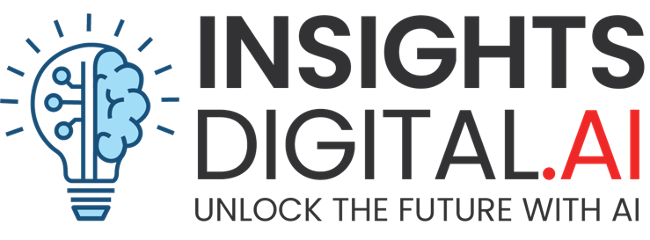Client: A global reinsurance firm seeking to modernize its claims department to improve operational efficiency and scalability.
Engagement Overview:
The client engaged Ashwin’s team to conduct a 12-week IT assessment of their claims department, focusing on people, processes, and technology. The goal was to identify gaps and recommend solutions to streamline operations, enhance decision-making, and improve service levels.
Challenge:
The client’s claims department faced several challenges:
- Process Inefficiencies: Manual workflows leading to delays in claims processing and settlements.
- Siloed Systems: Disparate legacy IT systems with minimal integration, causing data inconsistency and duplication.
- Talent Utilization: Claims staff spent significant time on routine tasks rather than high-value activities.
- Scalability Issues: The existing IT infrastructure could not support growing transaction volumes or adapt to regulatory changes.
Approach:
Ashwin’s team executed a structured 12-week assessment divided into three phases:
1. Discovery (Weeks 1–4)
- Stakeholder Interviews: Conducted 25+ interviews with claims managers, adjusters, and IT staff to understand pain points.
- Process Mapping: Documented current-state workflows and identified bottlenecks in claims intake, adjudication, and settlement.
- Technology Review: Assessed existing systems, integrations, and data architecture for scalability and compliance.
2. Analysis (Weeks 5–8)
- Gap Analysis: Compared current capabilities against industry best practices and emerging trends in reinsurance claims.
- Data Insights: Analyzed claims data to identify trends, delays, and error-prone areas using advanced analytics.
- Risk Assessment: Evaluated risks associated with legacy system dependencies and manual processes.
3. Recommendations & Roadmap (Weeks 9–12)
- Developed a prioritized list of IT solutions aligned with business goals.
- Created a phased implementation roadmap with clear milestones, costs, and ROI estimates.
Key Findings:
- People:
- Limited training on digital tools led to inconsistent use of existing systems.
- Manual reconciliation tasks consumed 30% of the staff’s time.
- Processes:
- Redundant steps in claims adjudication and settlement contributed to processing delays.
- Lack of standardization in claims intake workflows.
- Technology:
- A heavily customized legacy claims management system was nearing end-of-life.
- Minimal use of automation for repetitive tasks such as document processing.
Proposed Solutions:
- Technology Upgrade:
- Implemented a modern Claims Management System (CMS) with built-in AI/ML capabilities for fraud detection and workflow automation.
- Recommended migrating to a cloud-based infrastructure to enhance scalability and integration.
- Process Optimization:
- Streamlined claims intake and settlement workflows using RPA (Robotic Process Automation).
- Introduced standardized templates for documentation and reporting.
- People Enablement:
- Rolled out a training program on new systems and tools.
- Established a governance framework to ensure continuous improvement.
Results:
- 20% Faster Claims Processing: Automation reduced turnaround times for claims adjudication and settlement.
- Cost Savings: The firm saved an estimated $1.2M annually through improved efficiency and reduced error rates.
- Scalability Achieved: The new CMS supported a 35% increase in transaction volume without additional resources.
- Enhanced Employee Satisfaction: Employees reported higher productivity and job satisfaction due to reduced manual workload.
Client Testimonial:
“The IT assessment provided by Ashwin’s team was transformative. Their insights and recommendations gave us a clear path forward, enabling us to modernize our claims department and better serve our clients.”
– CIO, Global Reinsurance Firm






